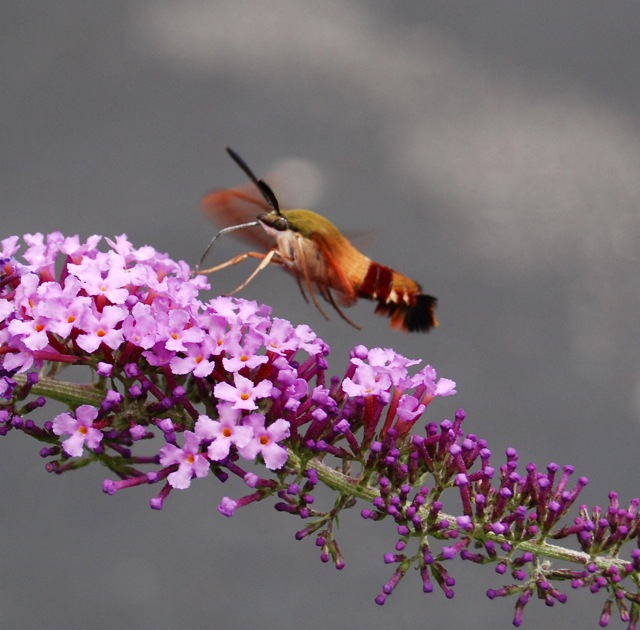I took the ladies to the Academy of Natural Sciences last week, and one of our very favorite exhibits there is called BUTTERFLIES! I like it almost as much as the stuffed bird room on the third floor, and the super sweet Cowbird in the Children’s room who absolutely loves my older daughter and always talks to her when we visit. Cowie, Cowie, he calls, and puts his head down for a scratch. ANYWAY. At the Buttterflies! exhibit, we spoke w/ a friendly & highly knowledgeable staff person who explained to us the difference between moths & butterflies, something I had always wondered about but never quite knew.
Three easy ways of identifying a MOTH vs. BUTTERFLY:
1) Moths are mostly nocturnal, i.e., they’re active at night and rest during the day. Butterflies are the opposite – awake during the day, at rest during the night.
2) Moths, when they rest, spread their wings out to each side, wide open. Butterflies, on the other hand, close their wings together & keep them upright. They may gently beat them up and down while feeding, but mostly keep them closed rather than spread to each side.
3) Moths have short, feathery antennae, while butterflies have long, thin antennae w/ a “club” (nub-like doo-da) at the tip.
Some other interesting facts (excerpted from National Geographic Kids magazine):
Atlas Moths are the largest moths in the world, some w/ a wingspan of 12 inches. But they live for only three days. Sad.
Monarch Butterflies eat poisonous milkweed plants, rendering them toxic to other animals. Other types of Butterflies, such as the Viceroy, mimic the Monarchs coloring to fool predators into avoiding them as well.
Butterflies have sensory organs on their legs which act as tastebuds — so they can literally “taste” how ripe fruit is just by landing on it. PRETTY COOL.
When butterflies emerge from their chrysalis cocoons, their wings are crumpled and wet. If they don’t unfurl them properly and let them dry, their wings will stay wrinkled and they won’t be able to fly.
Caterpillars are eating machines. Some may grow to 100 times their original size.
Click HERE to read about the Four Stages of Butterfly & Moth Metamorphosis: Egg, Larva (Caterpillar), Pupa and Adult.
Lastly, my younger daughter & I very much enjoyed a picture book about Butterflies called Gotta Go! Gotta Go! by Sam Swope & Sue Riddle. I dare you to read it and NOT have the catchline stuck in your head for weeks.




